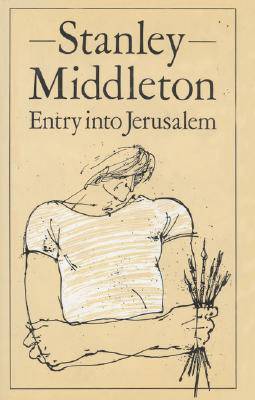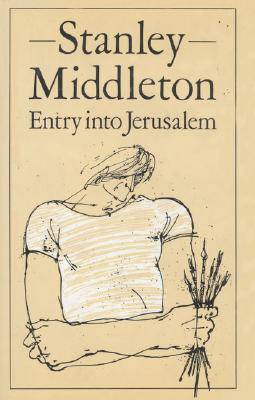
- Afhalen na 1 uur in een winkel met voorraad
- Gratis thuislevering in België vanaf € 30
- Ruim aanbod met 7 miljoen producten
- Afhalen na 1 uur in een winkel met voorraad
- Gratis thuislevering in België vanaf € 30
- Ruim aanbod met 7 miljoen producten
Zoeken
Omschrijving
John Worth is a painter with a genuine calling, and a real gift. But he seems in some sense subdued. His radical girlfriend has a ready diagnosis: she tells him that his work will never come to more than decoration if he does not infuse it with social meaning, political meaning. Because she is a substantial person he has to consider what she says, and it hurts-he's just not the man for the job. Stubbornly, instinctively, Worth resists. His dealer's advisor has glimpsed something in Worth's paintings that has made him buy, quietly, a number of the works for himself. He pays a visit to the artist, and suggests that he do something violent, if only as an experiment. Battered by this time, he agrees to think about it. He paints a picture airless as a De Chirico, and filled with the symbols of destruction. His friend denounces what seems to her to be the pornography of violence with no human reference, a mere icon of death. Worth understands that the judgment touches not only the work but his character. He is angry and disheartened.
His life becomes disordered, unhappy. But somehow, in his trouble and loneliness, he finds himself breaking new ground. He has always been workmanlike and steady. Now he works endlessly, with a pertinacity that looks like rage, as he begins to see his way. And as his art changes, his life is not spared the accidents of mortality. His girl leaves him, a good friend has a breakdown and kills himself. But within a year a big London exhibition of his work is arranged, the precocious climacteric of his life and art-best expressed in the violent shock of one large canvas, a modern Christ's entry into a modem Jerusalem, bringing not peace but a sword.
His life becomes disordered, unhappy. But somehow, in his trouble and loneliness, he finds himself breaking new ground. He has always been workmanlike and steady. Now he works endlessly, with a pertinacity that looks like rage, as he begins to see his way. And as his art changes, his life is not spared the accidents of mortality. His girl leaves him, a good friend has a breakdown and kills himself. But within a year a big London exhibition of his work is arranged, the precocious climacteric of his life and art-best expressed in the violent shock of one large canvas, a modern Christ's entry into a modem Jerusalem, bringing not peace but a sword.
Specificaties
Betrokkenen
- Auteur(s):
- Uitgeverij:
Inhoud
- Aantal bladzijden:
- 172
- Taal:
- Engels
Eigenschappen
- Productcode (EAN):
- 9780941533461
- Verschijningsdatum:
- 21/04/1998
- Uitvoering:
- Hardcover
- Formaat:
- Genaaid
- Afmetingen:
- 146 mm x 221 mm
- Gewicht:
- 408 g

Alleen bij Standaard Boekhandel
+ 36 punten op je klantenkaart van Standaard Boekhandel
Beoordelingen
We publiceren alleen reviews die voldoen aan de voorwaarden voor reviews. Bekijk onze voorwaarden voor reviews.











